300 ships to receive free leading-edge services
After much hard work, STM is about to take a significant step forward, from concept to real-life implementation. The services have now been made more concrete and defined in detail to allow interoperability between different systems. Thanks to valuable input from all involved parties, suppliers and other projects, we are ready to move forward with harmonised global deployment of e-navigation as defined by IMO. Once the procurement process is complete in the autumn, 300 ships will receive top-of-the-line STM services, such as route optimisation and monitoring tools, from leading suppliers for testing over the coming years.
Björn Andreasson of the Swedish Maritime Administration is the Activity leader for the Voyage Management test bed.
– You are the activity leader for the Voyage Management test bed, could you briefly describe the tests that will take place and the scope of the test bed?
The Voyage Management test bed will equip 300 ships with STM ship systems in order to understand the impact of instant information exchange, such as voyage plans and arrival times, between selected parties. We aim to test the effects of different services such as route optimisation and monitoring services. The main focus will be on ship to shore communication but also ship to ship aspects will be tested.
– You are in the middle of a procurement process, can you tell me more about it, what is the goal of the procurement?
Yes that’s correct. We have a number of pre-qualified tenderers and right now the tender is out for proposals. The goal of the tender is to make sure we include STM ship systems from several suppliers to enable interoperability between different systems. As an example, we aim to standardise the exchange of voyage plans and weather optimisation services. This means that ships will easily be able to call upon several services from different providers.
– What does this step mean for the project and future work?
Now that we have the specifications ready we can move into the next phase of our work. This is a big step as we move from the concept phase to the first implementation. We now have a more concrete understanding of STM and how it can be implemented. It’s only when you get down to this level of detail that you can really identify different perspectives on how STM could and should work.
This process has been very challenging and required a lot of hard work from all parties involved. I would also like to highlight that the procurement specification has not been developed by the voyage management test beds alone; other STM activities have been closely involved to establish realistic and correct specifications. There has been great teamwork from all people involved leading to valuable results.
We have received positive feedback from other e-navigation projects and I hope and believe that the specifications and more concrete details will make it easier to harmonise the development between various e-navigation projects. This allows better cooperation and communication, which in turn enable a harmonised global deployment of e-navigation as defined by IMO and IALA.
– What is the time plan/ when will it be finished?
The procurement process will be finalised after the summer when we will sign contracts. After that the development phase will commence, and then we’ll run a couple of tests to ensure interoperability with the different systems and the infrastructure, Seaswim and Maritime cloud. The on-board installations will start during Q2 2017.
– How many systems are you procuring?
The goal is to reach a total of 300 ship systems in the test bed and that these will come from a number of different suppliers. The number of systems from each tender will be in accordance with the distribution table provided in the procurement documentation.
– What will the STM ships receive?
It’s basically up to the different suppliers to provide a solution that matches the requirements described in the procurement documentation. It could be one or several sets of hardware or software or a combination of both, depending on what the suppliers see as the best way to introduce STM on board the ships, and what best suits the existing bridge systems.
– What are the benefits for the participating ships?
To start with, there will be no test bed participation costs for the ships. All installation and communication costs are included in the suppliers’ obligations in line with the procurement. Secondly we hope that being part of the test bed will be an opportunity for the shipping companies to lead the technical development and gain an advantage in terms of the future larger scale implementation of STM services. Moreover, we have a number of valuable services that will be available to the participating ships, such as monitoring services, route optimisation and facilitated reporting, reducing the administrative burden for the on-board crew.
– If you are a shipping company how can you become a STM test ship?
You can contact the project directly or get in touch with your current ECDIS supplier. The Swedish Maritime Administration is managing the procurement and the Procurement Officer is Björn Andreasson who you can reach at bjorn.andreasson@sjofartsverket.se







